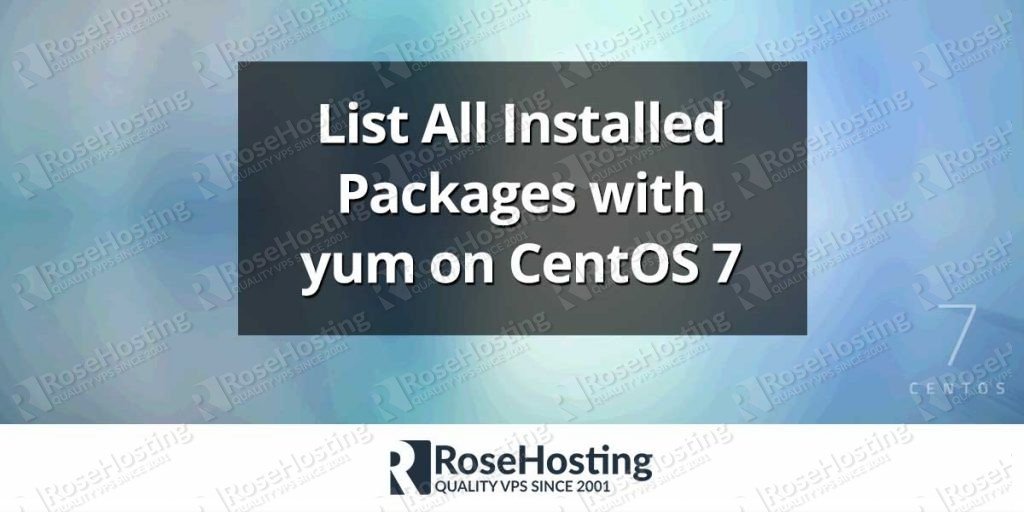
Httpd-devel.x86_64 : Development interfaces for the Apache HTTP Server Loaded plugins: extras_suggestions, langpacks, priorities, update-motd Let’s say we want to install an Apache HTTP Server on our Linux machine…įirst of all, we will use the yum search command to see the packages available for the Apache HTTP Server.


Show processes that have been updated and requires restart Sudo yum history list or sudo yum history undo or sudo yum history redoįilter output for specific vendors, groups, architectures, and others. Sudo yum clean packages or sudo yum clean all Show information about enabled repositoriesĬlean out all cached package data/clean all packages metadata Show description and contents of a package groupĭisplay yum help information or help on sub command Locate the package that provides a specific file Show available package updates from enabled repositories Show information about available package updates Search for a package name and description Show information about a specific package Install a package from a local repository Remove a package and all other unnecessary packagesĭowngrade a specific package to an earlier version Reinstall current version of a specific package


Update all packages to the latest version Update or or more packages to a specific version Remove an installed package and its dependencies from the system Install, uninstall & upgrade packages Command Although it does not cover all the corners of the package manager, it provides with the most useful tools. This Yum cheat sheet provides you with a quick and easy overview of all major Yum package manager commands and their respective functionality. A quick list of the most useful and common commands for the yum package manager.


 0 kommentar(er)
0 kommentar(er)
